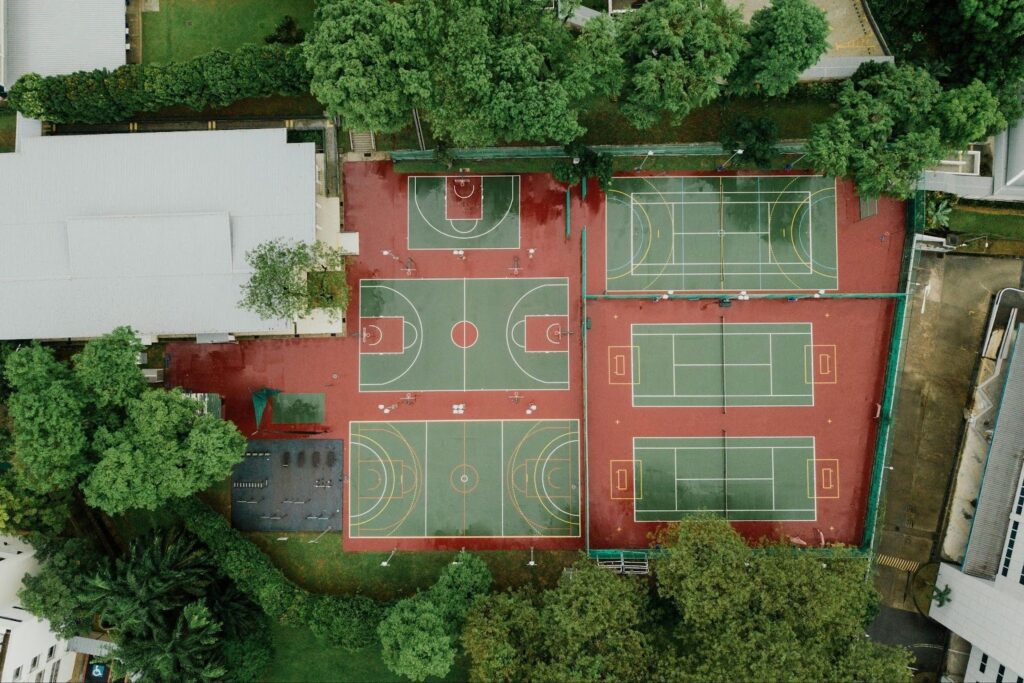
In every great city, there is motion. Runners trace the sunrise along the waterfront, cyclists weave through traffic like artists in rhythm, and fans fill public squares as if drawn by one pulse. Modern cities no longer treat sports as sidelines: they have turned them into the rhythm of daily life.
The Rise of Urban Sports Culture
Cities from Manila to Madrid are redefining the meaning of “play.” Rooftop basketball courts, pop-up soccer pitches, and digital fan zones are changing the face of how people play and watch sports around the world. No longer is fitness about confining those gyms but spilling over into parks, waterfronts, and wherever on that virtual plane competition best preserves its community.
From cheering for someone to taking community runs, cycling tours, and open-air yoga, over the years, what has come to be known as a weekend hobby has transformed into a lifestyle brimming with vigor, inclusion, and local pride. The cheerers have turned into doers, involving the fine line of watching and participating that’s vanishing for Generation ‘s and Smartphone streaming babies.
When Stadiums Spill Into the Streets
Urban planners have noticed. Sports are now part of city design: from running tracks beneath bridges to neighborhood gyms funded by local initiatives. Rooftop pitches double as social hubs, and multipurpose arenas host concerts, esports events, and cultural markets between games.
In Singapore’s Marina Bay or Seoul’s Olympic Park, weekend mornings feel like festivals. Families stroll beside triathletes, while office workers swap coffee for sneakers. The result is not just activity but identity. Cities brand themselves through sport because movement, unlike architecture, never stands still.
Digital Fandom and the New Arena
Screens have become the second stadium. Fans follow matches on smartwatches, join fantasy leagues, and stream highlights wherever they are. On nights of major tournaments, the digital roar rivals the physical one.
During these moments, many fans enjoy the thrill of friendly 1xBet as part of the shared excitement. A small wager becomes participation, a way to sync their pulse with the game itself. The experience fuses technology with emotion, turning any screen into a front-row seat.
Apps That Keep the Game Going
Mobile tools keep fans closer to every match and moment. Betting platforms and sports apps have turned into digital companions for those who follow their teams day by day. Through the 1xBet app, users can check live odds, track in-game statistics, and place quick bets while matches unfold.
It is the digital version of the locker room: always alive, always within reach. Even those who cannot attend a match find ways to stay involved, sharing predictions and reactions with fans across continents.
Where Community Meets Competition
The strongest legacy of this transformation is not technology but community. Cities are discovering that shared sport builds civic spirit faster than any campaign. Marathons raise money for hospitals, while open tournaments bring strangers together through effort and joy.
Events like rooftop screenings and public fan zones turn alleys into stages of emotion. In these spaces, sport becomes a language of belonging where victory matters less than presence. For many, registering on trusted platforms such as 1xBet registration is another way to join that broader global community: one that celebrates the game in every form.
A Future Built on Motion
What’s emerging is a model of city life where movement defines meaning. Sports now guide urban design, power local economies, and unite people across cultures. It’s less about who wins and more about who shows up.
As Grantland Rice once wrote, it is not the victory that counts but the game itself: the striving, the camaraderie, the shared breath of a crowd watching something that matters. Modern cities have taken that spirit to heart. They have made sport not just an event to watch but a way to live.
